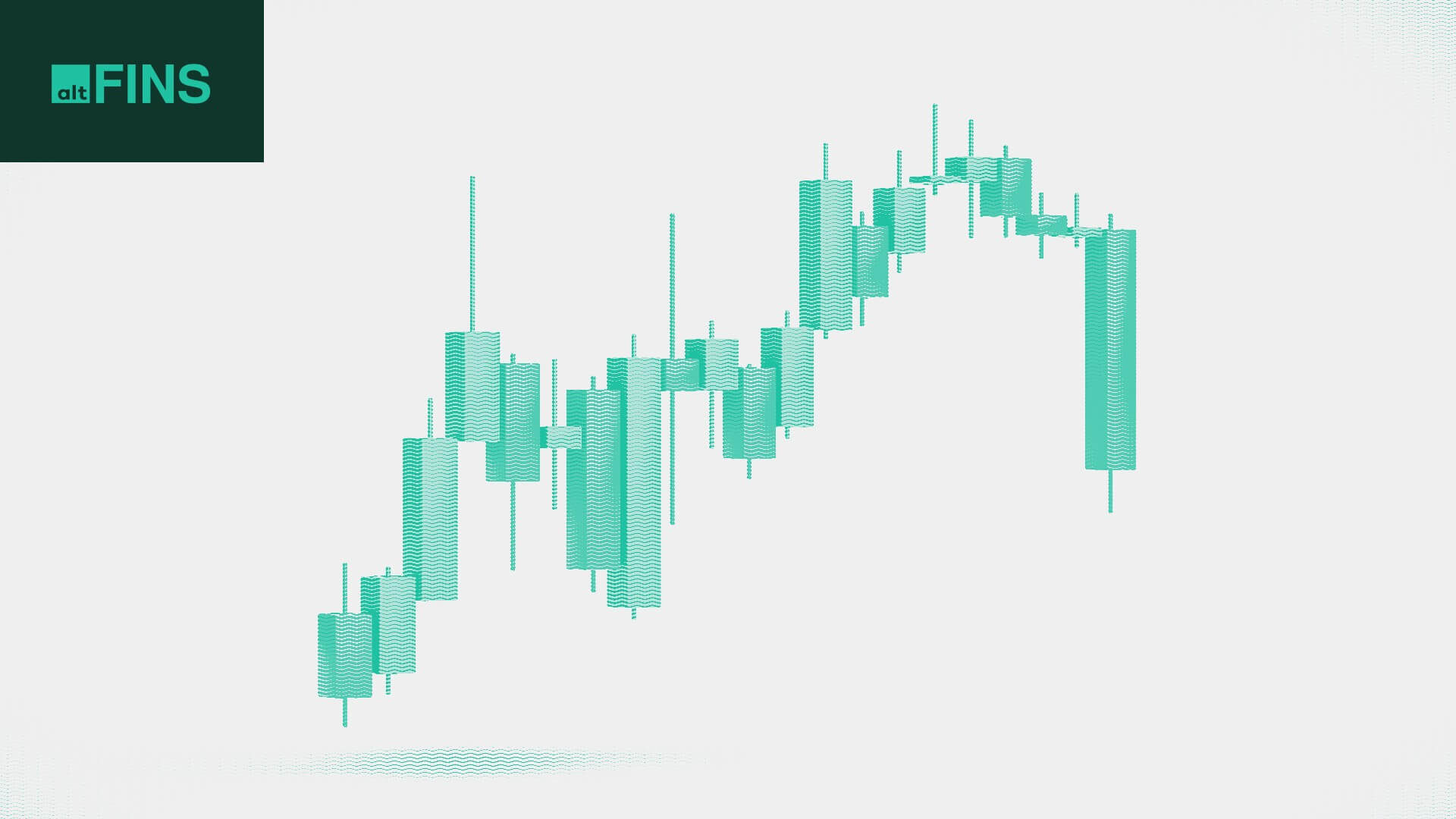How to Leverage Technical Analysis for Better Crypto Trades
The crypto market moves fast, prices swing hard, and the difference between a good trade and a bad one often comes down to timing. That’s where technical analysis comes in. It gives traders a way to read price charts and spot signals before the market makes its next move.
While it doesn’t guarantee success, using technical analysis can help you make smarter trades with better timing. This guide breaks down the tools and tips you need to understand the basics and apply them to your crypto strategy.
Technical Analysis Simply Explained
Technical analysis is the study of price movements using charts. It doesn’t look at the news or what a project does. Instead, it focuses on patterns, trends, and volume. The goal is to spot signs of what traders might do next based on how prices have behaved before.
This kind of analysis is common in stock trading, but it works well in crypto, too. Maybe even better, because crypto is driven mostly by speculation, which makes price patterns even more important.
Reading Chart Patterns
Chart patterns are the basis of technical analysis. They show where traders are buying, selling, or waiting. When you spot a pattern, you get a window into what the market is thinking.
For trading platforms or crypto-focused blogs, explaining these patterns clearly can also improve online visibility. That’s where blockchain SEO plays a role in optimising educational content to match what users are actually searching for.
Some of the most common patterns include:
Head and shoulders
This one can signal a reversal. When it forms after a long uptrend, it often means the price may start falling. The pattern has three peaks: the middle one is higher than the others.
Triangles
These form when price movement gets tighter over time. A breakout often follows. If the price breaks above the top trendline, it may keep rising. If it breaks below, it may drop.
Double tops and double bottoms
A double top looks like the letter “M” and often signals the end of an uptrend. A double bottom, which looks like a “W,” can signal the end of a downtrend.
Still, keep in mind that chart patterns are only part of the picture. They work best when combined with other tools like volume and moving averages.
Using Moving Averages
Moving averages are one of the most common tools in technical analysis. They show the average price of an asset over a certain number of days, helping to smooth out short-term price swings and highlight the bigger trend.
There are two main types traders rely on. The first is the Simple Moving Average (SMA), which calculates the average closing price over a fixed period, usually 50 or 200 days. If the current price is above the SMA, the trend might be moving up. If it’s below, that could suggest a downward trend.
The second type is the Exponential Moving Average (EMA), which gives more weight to recent prices. This makes it quicker to respond to market changes and more useful for spotting short-term moves.
Traders often look for crossover signals to help decide when to enter or exit. When a short-term EMA, like the 50-day, crosses above a longer-term one, like the 200-day, it may point to a rising market. This is called a golden cross. If the opposite happens, meaning a short-term line drops below a long-term one, it’s called a death cross and might signal a downtrend ahead.
Understanding Oscillators
Oscillators are another key tool. Instead of tracking price directly, they measure momentum and help show when a coin could be overbought or oversold. These indicators swing between fixed values and give traders a sense of when the price might reverse.
One of the most used is the Relative Strength Index (RSI). It ranges from 0 to 100 and gauges how strong or weak a move is. A reading above 70 can suggest a coin is overbought and might be due to fall. A reading below 30 often means the asset is oversold and could bounce back.
Another common tool is the Moving Average Convergence Divergence, or MACD. It tracks the difference between two EMAs and shows when momentum is shifting. When the MACD line crosses above the signal line, that’s often seen as a buy signal. A cross below may suggest it’s time to sell.
Picking Entry and Exit Points
Timing matters. Good traders wait for confirmation, they don’t just spot a setup. Chart patterns help with entry points, but it’s smarter to wait for a breakout or a retest of support or resistance. These signals are more reliable and lower the risk of false moves.
Volume can add confidence. For example, a breakout with strong volume means more conviction behind the move. Watch how the market reacts at key price levels, especially during big swings.
For exits, plan ahead. Set your target before entering, using resistance zones or other chart cues. And always use a stop-loss to limit risk if the trade turns sour.

0 Comments
Leave a comment